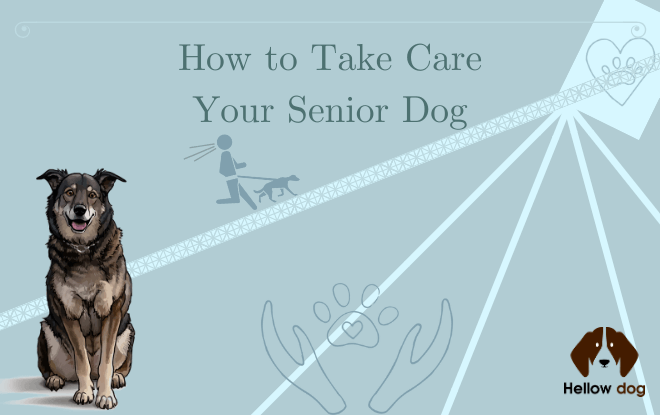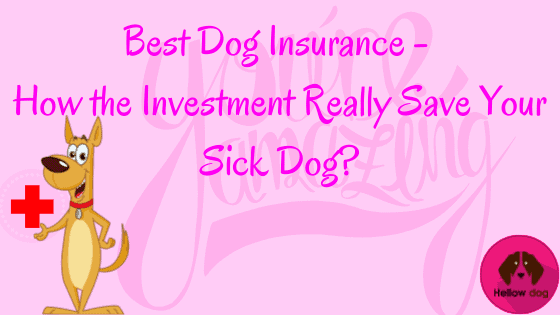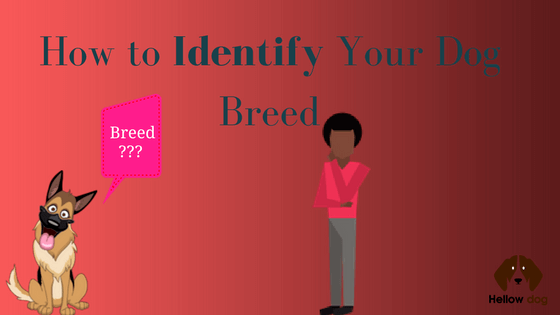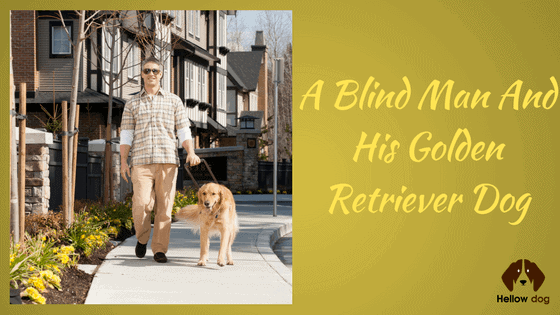In general, the term “senior” refers to pets aging between 6 – 13 years. Take note that your dog’s genetics, nutrition, and environment are crucial factors that determine how fast your dog ages. For instance, a Great Dane’s senior years begin at his 5th year while a Pomeranian would only be middle-aged by then. It is sad how people often ignore senior dogs in favor of feisty, bubbly puppies. But if you are a true leader of your pack, you know by heart that your humble, old dog still has a lot of love to give. Taking care of a senior dog may entail a lot of effort on your part, but it can be a rewarding experience for you and your dog. As a genuine fur-parent, there is no better fulfillment than seeing your dog living a happy and comfortable life until his last breath.
[tcb-script async=”” src=”https://pagead2.googlesyndication.com/pagead/js/adsbygoogle.js”][/tcb-script][tcb-script] (adsbygoogle = window.adsbygoogle || []).push({});[/tcb-script]
Aged dog deserves love & care
How Do I Know if My Dog Starts Aging?
A graying fur and a diminishing interest in fun and games are two noticeable signs in an aging dog. Senior dogs are often lethargic and have less endurance in physical activities compared to their prime. Sometimes, they get easily confused and become less responsive. Bear in mind that there are also signs, which are less noticeable until your dog gets very old. These include reduced hearing, joint problems, changes in vision, cognitive dysfunction, urinary or fecal accidents, and more. These changes are actually not the result of the aging itself, but symptoms of underlying health problems. It is crucial that you detect these symptoms as early as possible to minimize the progression of the disease and to lessen the sufferings of your beloved pet.
[tcb-script async=”” src=”https://pagead2.googlesyndication.com/pagead/js/adsbygoogle.js”][/tcb-script][tcb-script] (adsbygoogle = window.adsbygoogle || []).push({});[/tcb-script]
How to Care for Your Good, Ole Dog
While your senior has limited energy levels, he can still be a ball of fire once in a while. The following are senior dog care tips to help your old pal make most of his remaining years.
1. Provide Your Senior Dog a Special Diet
Indigestion is a common complaint associated with canine aging. Hence, opt for a premium quality and age-specific dog food. Foods that are formulated for senior dogs include whole ingredients that are easy to digest and are often fortified with DHA and EPA, which are fatty acids that benefit dogs with arthritic conditions. Just make sure your dog’s food is low in sodium especially if he is suffering from heart or kidney disease.On the other hand, you can prepare a vet-prescribed homemade meal for your old pal particularly when he finds trouble chewing kibble. Homemade meals using high-quality, whole ingredients are a healthier alternative to store-bought dry and wet dog foods. Increase his fiber intake, cut down on carbs, and use lean meat for protein. It is vital that you feed your dog a balanced diet in appropriate amounts to prevent obesity. Talk with your veterinarian as he can give you advice on the best food choices for your dog.
2. Increase Attention to His Oral Health
A majority of senior dogs struggle with dental disease and tooth pain. Seek your veterinarian’s advice and make a habit of brushing your dog’s teeth. It may sound funny but brushing your dog’s teeth keeps his mouth fresh and clean. If brushing his teeth is an impractical option, consider giving dental treats instead.
3. Walk and Play Each Day
Just because your senior dog has limited energy levels doesn’t mean he is licensed to lounge on the sofa all day. Walk and play with your old pal every day. Senior dogs need exercise to keep themselves lean and mobile much longer. It also helps prevent obesity. Old dogs have low metabolism, and thus, they need physical activities to keep themselves from becoming overweight. In addition, daily exercise can help decelerate the progression of your dog’s arthritis, promote cognitive capacity, and heighten his motor skills. Nonetheless, make sure your dog’s exercise is well-tailored to his needs. Bear in mind that the intensity and duration of physical activity depend on a dog’s breed and size. Walking around the block, for instance, may simply serve as a prelude for a Siberian Husky but it is already too much for a Chihuahua. It is wise to consult your veterinarian as he can help you formulate an exercise program that is more appropriate to your dog’s health and limitations.
4. Keep Parasites at Bay
Old dogs are as susceptible to parasites as they were when they were puppies due to their weakened immune system. They also can’t groom themselves as good as they used to. Therefore, your senior dog is at a greater risk for health problems caused by flea, ticks, and worms. Talk to your veterinarian about parasite treatment and control. Likewise, observe preventative measures at home.
[tcb-script async=”” src=”https://pagead2.googlesyndication.com/pagead/js/adsbygoogle.js”][/tcb-script][tcb-script] (adsbygoogle = window.adsbygoogle || []).push({});[/tcb-script]
5. Senior-Proof Your House
You need to make adjustments inside your house to make everyday tasks a lot easier for your good, ole pal. Fortunately, there are products designed to make your dog’s life more comfortable. These include:
- Elevated food and water bowls to keep the strain off your dog’s neck.
- Potty pads that you can line on top of his bed, crate, or in a specific location where he can relieve himself without having to go outside.
- Blankets and heating pads to keep your dog feeling toasty during a chilly night.
- Cooling pads to protect them from heat and humidity in which they may easily overheat.
- Ramps to let your wobbly old dog climb his way safely up onto the couch or bed.
Moreover, make sure you remove certain obstacles inside your house especially if your dog struggles with poor eyesight. Likewise, place rugs over your shiny floors or opt for carpeting to reduce your dog’s risk of slipping or falling. Senior dogs sometimes struggle to remain in their composure and hence, they need traction to keep their paws firmly planted onto the floor.
6. Increase Vet Appointments
Various ailments come with age: weakened immune system, joint pain, mobility issues, and other degenerative diseases. Unfortunately, dogs age much faster than humans. Hence, it is important to visit your veterinarian more often than every six months so he can perform examinations and detect any possible major concern such as cancer.
7. Little Extra Care in Grooming Goes a Long Way
Grooming is a great way to bond with your pet and an opportunity to check for swellings or lumps that your dog may be having. Senior dogs experience changes in their coats, skin, and nails. Their skin becomes thin and dry, their coat becomes more coarse, and their nails become more brittle. Hence, it is vital to take extra care of your dog. He will need more frequent pedicures. Likewise, you may increase how often you brush his coat, so he remains cute and tidy.
8. Be Patient
Take note that your dog may appear smug and seems to be complacent with being left alone in the house but in truth, your dog is longing for your affection. Depression in dogs sets in when they feel they no longer wanted, which then leads to several issues such as separation anxiety and panic attacks in your dog. If you think your dog is ignoring you, chances are he didn’t hear or see you well enough. Also, bear in mind that senior dogs have very low energy levels and need a lot of sleep. Your dog may appear grumpy in the morning and sour at noon, but at the end of the day, he will always treasure your presence and your touch.
9. Choose the Right Bed
The market abounds with various choices when it comes to dog beds. Choose a bed that is appropriate for your dog’s size and weight. It should ensure proper support and should be big enough for him to stretch out. Once you find the perfect bed, set it in a draft-free area of your house. Adorn the bed with your dog’s favourite toys and treats. Reward him every time he settles there to make the transition smooth.
[tcb-script async=”” src=”https://pagead2.googlesyndication.com/pagead/js/adsbygoogle.js”][/tcb-script][tcb-script] (adsbygoogle = window.adsbygoogle || []).push({});[/tcb-script]
Video of -How to Take Care of Your Senior Dog
True or False: Are Orthopedic Dog Beds Most Suited for Senior Dogs?
An orthopedic dog bed is the best choice not only for senior dogs but also for dogs in all shapes, age, and sizes. An orthopedic dog bed features memory foam that prevents your dog’s body from sinking while he sleeps; hence, it promotes better posture, even weight distribution, reduced undue stress on the muscles and joints, and a better quality sleep. What is more, it offers unrivaled comfort that your furry pals will surely love. If your dog enjoys a long, peaceful sleep, then he will wake up each morning feeling more rejuvenated and ready for adventures.
Conclusion
No fur-parent wants to see their good, ole dog slowly pine away. But instead of letting fear, worry, and sadness envelop your thoughts, the best thing you can do is to embrace each day with your beloved pet. Introduce him to healthy lifestyle habits, snuggle, walk and play together, so his remaining years are rich with love all these act therapeutically on the dog. Surely challenges and disappointments will always arise when caring for an elderly dog. However, knowing that you have done everything you can in return for the loyalty and love of the furry pal that stood as your protector and best friend, is such a heartwarming feeling in the end.
You May Also Like
[tcb-script async=”” src=”https://pagead2.googlesyndication.com/pagead/js/adsbygoogle.js”][/tcb-script][tcb-script] (adsbygoogle = window.adsbygoogle || []).push({});[/tcb-script]







